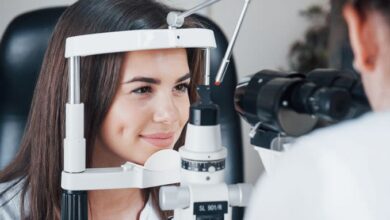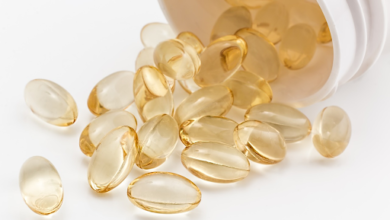Michael Osland shares 8 Remedies for the Unpleasant Symptoms of Periodontal Disease
Michael Osland shares 8 Remedies for the Unpleasant Symptoms of Periodontal Disease

Periodontitis is the most common cause of tooth loss in adults over 35 years old. The symptoms may vary from person to person, but usually include bad taste or bad breath (halitosis), bleeding gums when brushing teeth, sensitive teeth and pain when chewing certain foods, swelling of gums, receding gums and loose teeth says Michael Osland. The most up-to-date research suggests that the root cause of periodontitis is a bacterium called Aggregatibacter actinomycetemcomitans. This disease-causing agent provokes the immune system to attack it while at the same time releasing inflammatory agents which kill tissues in your gums and bones that keep your teeth in place.
The first signs of periodontitis are usually seen long before any bone or tissue damage occurs. These early findings may include increased levels of gum inflammation around affected teeth, redness, swelling, and other changes in color, texture or shape of your gums.
Although there is no medical cure for this condition yet, the following treatments help you to fight the symptoms of periodontitis:
1. Anti-inflammatories
Nonsteroidal anti-inflammatory drugs (NSAIDs) are used to treat different kinds of inflammation including the one in your gums. NSAIDs may be over-the-counter or prescribed by your doctor. They can be taken orally, injected or applied topically on your skin. Some people experience side effects such as abdominal pain and bleeding, so you should always consult with your dentist before taking medication for this condition.
2. Topical pain relievers
Topical medications that relieve local discomfort or pain include antibiotics, glucocorticoids and anesthetics like lidocaine which are administer through various routes including mouthwash or toothpaste. These substances are apply directly on the affecting area to soothe pain temporarily.
3. Antibiotics
If you have a severe form of the infection, your dentist might prescribe antibiotics for controlling it. The oral type usually takes one or more months to get rid of the infection. The intravenous type is usually use in a hospital and administered through a vein for a shorter treatment time.
4. Oral hygiene measures
The right way of brushing your teeth twice daily and flossing once every day will help keep plaque from building up between teeth and around gums where bacteria often hide out. In case, you can’t brush your teeth because of mouth sores or other reasons, mouthwash will do the trick as well by removing food particles from your mouth and killing germs. Flossing however is the most effective way to clean your teeth as it removes plaque from areas that can’t be reached by a toothbrush or mouthwash explains Michael Osland.
5. Oral surgery
This method helps you fight periodontitis long-term by eliminating inflamed gum tissue and any damaged bone tissues around the affected tooth. This surgery includes debridement (to remove infected material), root planing (scraping away plaque and calculus deposits on the surfaces of root structures) and scaling (removing tartar from above and below the gum line).
6. Laser therapy
Laser therapy uses lasers that emit light energy pulses called photons within appropriate wavelengths into your gums through a tube with an optical fiber. The light energy produced by the laser delivers energy to the infected tissue and kills bacteria. Laser therapy is also combine with other treatments like debridement or root planing for faster results.
7. Application of membrane stabilizers
Periodontitis involves the loss of tissue support around a tooth’s root surface. Membrane stabilizers can help stabilize damaged membranes and thus prevent further tooth loss. These substances include collagen, fibrin glue and several other proteins that may be use as patches or as part of an implant to hold teeth in place.
8. Bone and tissue substitutes
Moreover, These substances can improve weakened gum tissues by giving them more firmness and stability. Thus reducing the risk of tooth loss. Also, Substances include collagen, hydroxylapatite and calcium phosphate says Michael Osland.
Now that you know the symptoms of periodontitis, its triggers and treatments. Please visit your dentist regularly so that you can prevent further damage to your gums, teeth or bones caused by this condition.
Conclusion:
Periodontitis is a serious gum infection that if not treated, can cause tooth loss and bone damage. However, The main symptoms of this condition are bad breath, red and swollen gums and bleeding while brushing or flossing. However, The best way to prevent this infection is by maintaining good oral hygiene habits. Dentists use a number of treatments for this condition including antibiotics, laser therapy and membrane stabilizers. Along with other surgical measures to fight it.
Periodontitis affects around 3 out of 4 adults worldwide. Regular visits to your dentist help you receive timely treatment. And avoid further damage to one of your most important organs.




